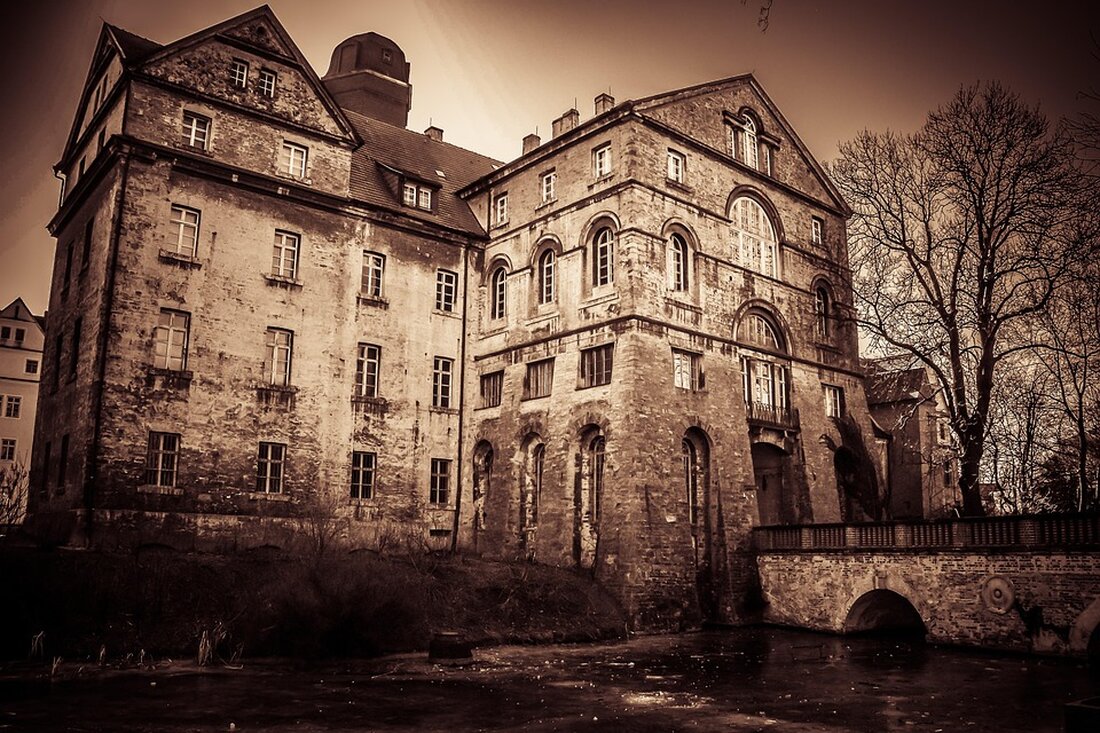Haunted Venetian island becomes a retreat for locals
Haunted Venetian island becomes a retreat for locals
The abandoned Venetian island of Poveglia, once the location of a plague hole and a former asylum, will soon accept a new, positive identity. On August 1st, a group of Venetians will take control of the supposedly traveled island, which is owned by the Italian state, and start a project to transform them into an urban park that is only accessible to the residents of the Italian city.
a public garden for the residents of Venetian
The locals successfully defend themselves against strong competition from real estate developers to ensure that Poveglia remains a public legacy. In 2014, the approximately 7.5 hectare island in the southern part of the Venice lagoon was placed on the auction list of the Italian state domain, which attracted real estate developers, which were only attracted to the calm and at the same time practical location.
Several consortia collected money to acquire the island, including a consortium that was connected to Luigi Brugnaro, the current mayor of Venice and collected 513,000 euros ($ 600,000), but did not receive approval from the state
The struggle for the preservation of the island
dismayed by the prospect that the island could be sold to a private buyer, Patrizia Veclani founded a group called Poveglia per Tutti (Poveglia for everyone) to save the island and other similar objects on the government's auction list. The group, which has more than 4,500 members, managed to collect 460,000 euros ($ 539,000) and to secure the lease.
"It was not just indignant, it was psychologically traumatic that the city could be shattered and sold to the highest bidder-without the starting price, without even a plan. It is as if Rome decided to sell the Trevi fountain. Venice and its lagoon are inseparable," said Veclani last week before the winner. was.
fight against mass tourism
Veclani explained CNN that her group sees this as a small victory of the reconquest of Venice from overtourism, a long -term problem. It is estimated that 30 million tourists attend the city every year, which in the shade, which has now shrunk to less than 50,000. Despite the efforts of the authorities to limit the number of visitors through measures such as the ban on cruise ships in 2021 and a fee of 5 euros ($ 5.86) for day trippers, which was introduced last year.
"The island would never have been as popular as other places," said Veclani. "But to keep this little piece only for Venetians is a victory." On the island there is only an overgrown forest area, a military fortress, 15 destroyed hospital buildings and a fairly large rabbit colony.
The dark story of Poveglia
The creepy history of Poveglia goes back to an outbreak of the bubbles in the 18th century, which was brought to Venice by fleas on merchant ships when the city was an international trade center. When the plague spread, the island was converted into a maritime quarantine port for merchant ships from abroad and for people with symptoms.
Before that, the island was inhabited by farmers and fishermen and was founded in 421 AD as a Roman military base. The island's agricultural buildings and military barracks were converted into dormitories where the sick lived together and primitive treatments such as bloodletting were exposed to.
When the plague spread, the dead were buried in mass graves. Venice's historians estimate that more than 160,000 people were buried on the island between the 18th and 19th centuries. In the 19th century, Poveglia became an asylum for mentally ill people who were often captured and subjected to experimental treatments. The asylum closed in 1968, and since then the island has been uninhabited.
The transformation of Poveglia
The sad story of Poveglia led some believing that the island was haunted. Modern spiritual seekers, including the US television series "Ghost Adventures", visited the island over the years and further spread the myths. "The island was made famous by foreigners who were looking for something they could take advantage of," Massimo Pera, a supporter of the group, told CNN. "The memories of the island are soaked by pain, but we will transform them into a place of joy."
The renovation of the island, which has no electricity and no flowing water, is led by the University of Verona's APSYM laboratory in the Department of Human Sciences.


Kommentare (0)